When purchasing a new pair of shoes, the focus is often on the aesthetics and comfort of the upper, forgetting one crucial element: the sole. The right sole can determine the longevity and functionality of your shoes. In this article, we will explore the different types of soles, the most commonly used materials, and how to choose the one that best suits your needs.

Why is the sole essential?
The sole is the part of the shoe that comes into direct contact with the ground, so it is subject to considerable wear. It must be durable, comfortable, flexible, and able to offer the right support depending on the intended use. Each material has specific characteristics, strengths and weaknesses, and it is essential to understand which type of sole best aligns with your lifestyle and the type of shoe you are considering.
Main types of shoe soles
1. Leather sole
Leather soles are a symbol of elegance and tradition. They are commonly used in formal shoes, providing a classic and sophisticated look. Leather is a natural material that, over time, conforms to the shape of the foot.
Advantages:
- Premium appearance and durability
- Breathable, facilitates natural ventilation
- It molds to the shape of the foot with use
Disadvantages:
- Limited grip on wet or slippery surfaces
- Not suitable for humid or rainy conditions
Ideal for: Elegant and formal shoes, perfect for those who want a shoe that becomes more comfortable as time goes by.
2. Dainite rubber sole
Dainite rubber soles are versatile and appreciated for their durability. They are often used in casual, athletic and work shoes due to their ability to resist wear and provide excellent traction on various surfaces.
Advantages:
- Waterproof and wear-resistant
- Excellent grip, even on slippery terrain
- Easy to maintain
Disadvantages:
- They may be heavier
- Limited breathability
Ideal for: Sturdy shoes, ideal for everyday use or outdoor activities, where greater resistance is needed.
3. EVA sole
EVA (ethylene vinyl acetate) is a synthetic material known for its incredible lightness and flexibility. Often used in athletic shoes, it provides excellent cushioning.
Advantages:
- Superior lightness and flexibility
- Good shock absorption
- Affordability
Disadvantages:
- It wears out more quickly than other materials
- Less suitable for rough terrain or intensive use
Ideal for: Sneakers and sports shoes, when lightness and cushioning comfort are the priorities.
4. Vibram sole
Vibram soles are known for their high performance, especially appreciated in shoes for outdoor activities or for difficult weather conditions. They offer excellent grip and durability even on difficult terrain.
Advantages:
- Exceptional traction on various surfaces
- Extreme wear resistance
- Perfect for tough conditions
Disadvantages:
- Often more expensive
- They may be stiff and less flexible than other materials
Ideal for: Boots and shoes for outdoor or extreme conditions, where great reliability is required.
5. Polyurethane sole
Polyurethane soles are lightweight and offer excellent shock absorption, making them perfect for work or sports shoes. They are also resistant to chemicals and oil.
Advantages:
- Very light and comfortable
- Excellent cushioning capacity
- Resistant to various external agents
Disadvantages:
- Less long-lasting than Dainite or Vibram rubber soles
- Sensitive to high temperatures which can degrade the material
Ideal for: Work shoes and casual footwear, ideal for those looking for comfort and lightness during everyday use.
How to choose the perfect sole for you?
When choosing a shoe, it is essential to think about how you will use it. If you spend a lot of time standing or walking, a shock-absorbing sole in rubber or polyurethane can prevent fatigue and pain. If, on the other hand, you need a shoe for formal occasions, a leather sole will give you elegance. Also consider the type of surfaces you will walk on: rubber offers grip on wet surfaces, while leather may be unsuitable in case of rain.
Conclusions
Choosing the right outsole is essential to ensuring the durability and comfort of your shoes. Each material has its strengths and weaknesses, and the ideal choice depends on your personal needs, the type of activity, and your preferred style. Whether you’re looking for dress shoes or rugged footwear for your outdoor adventures, knowing the characteristics of different outsoles will help you make an informed purchase.
LANCIO SHOES offers a wide selection of shoes with soles designed to meet every need.



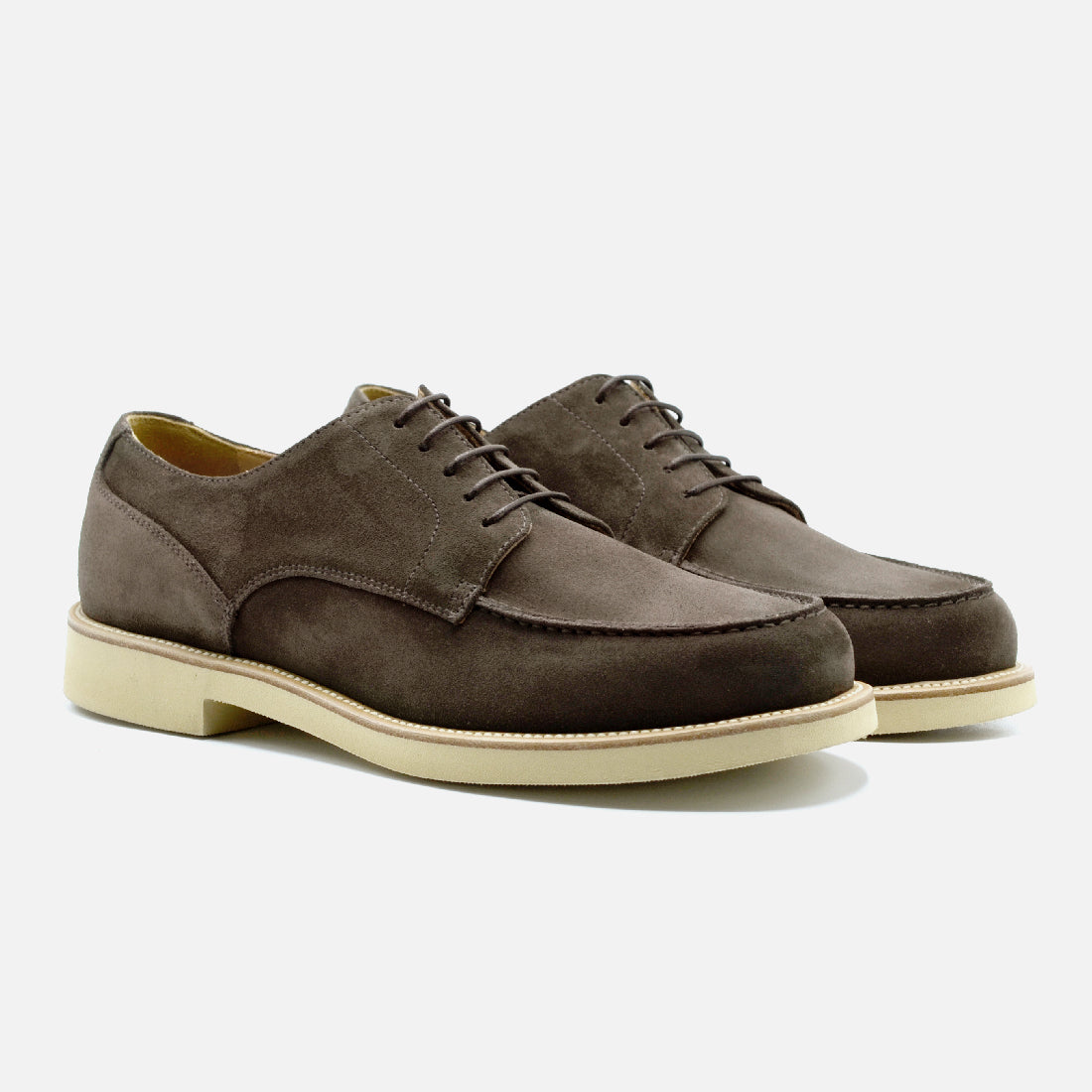
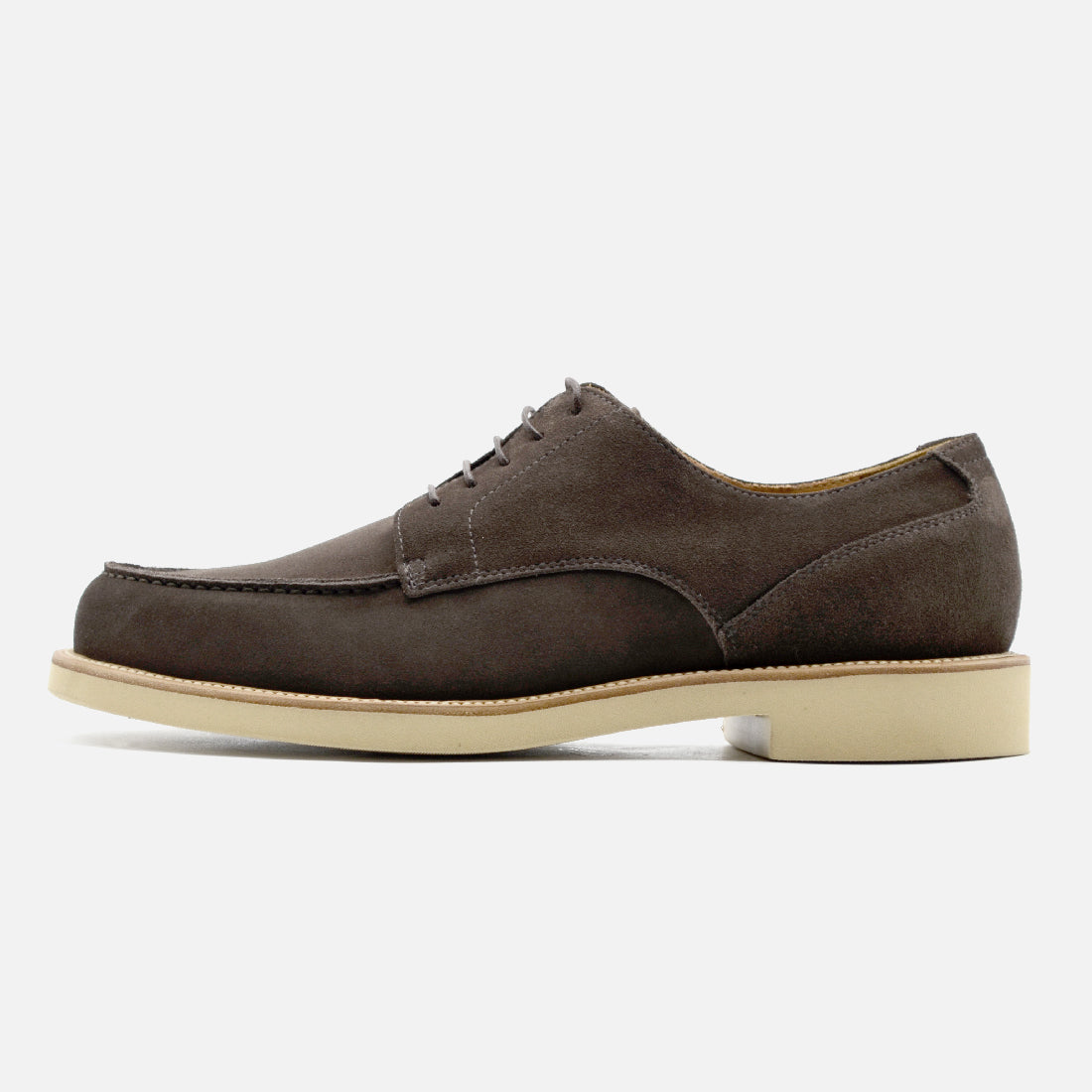
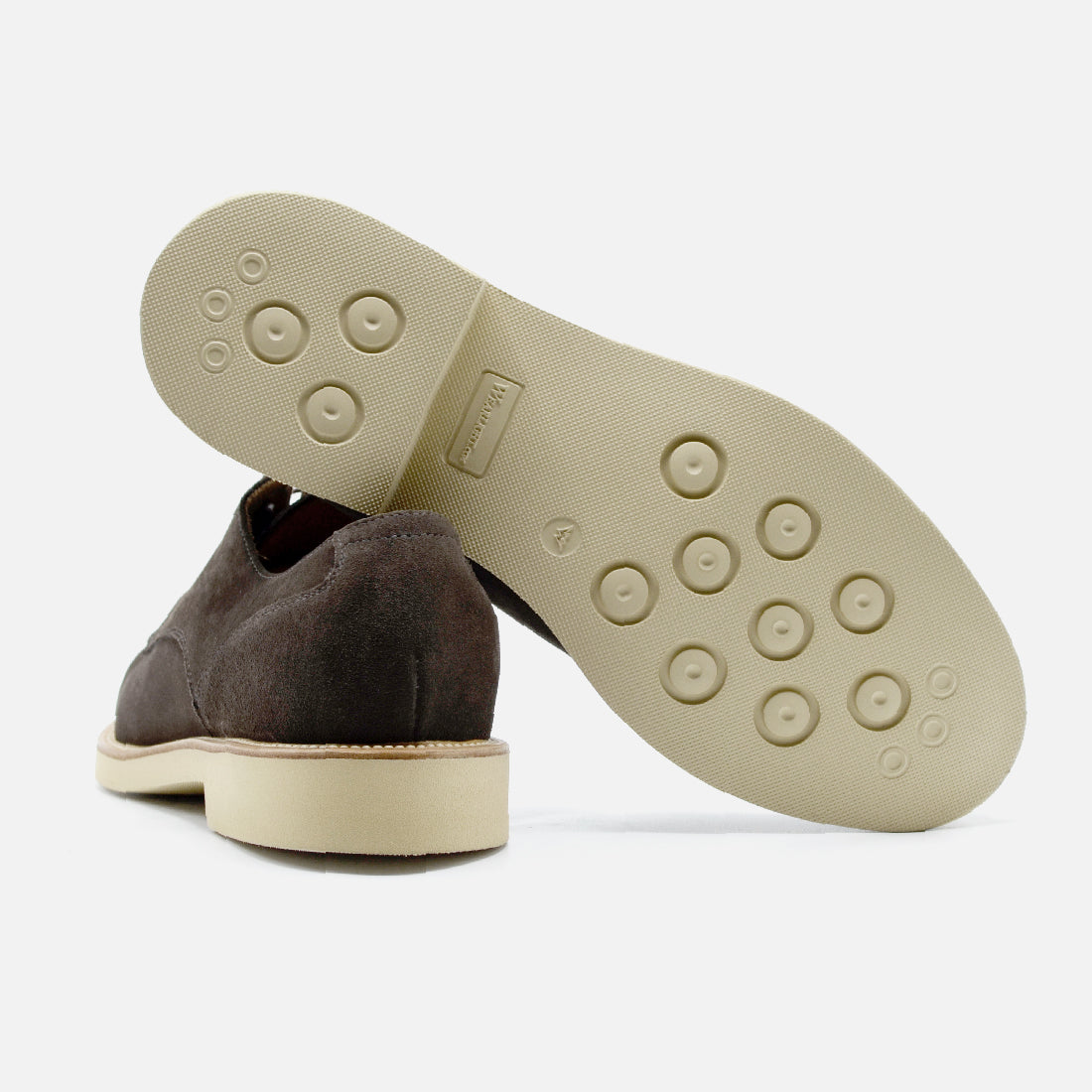
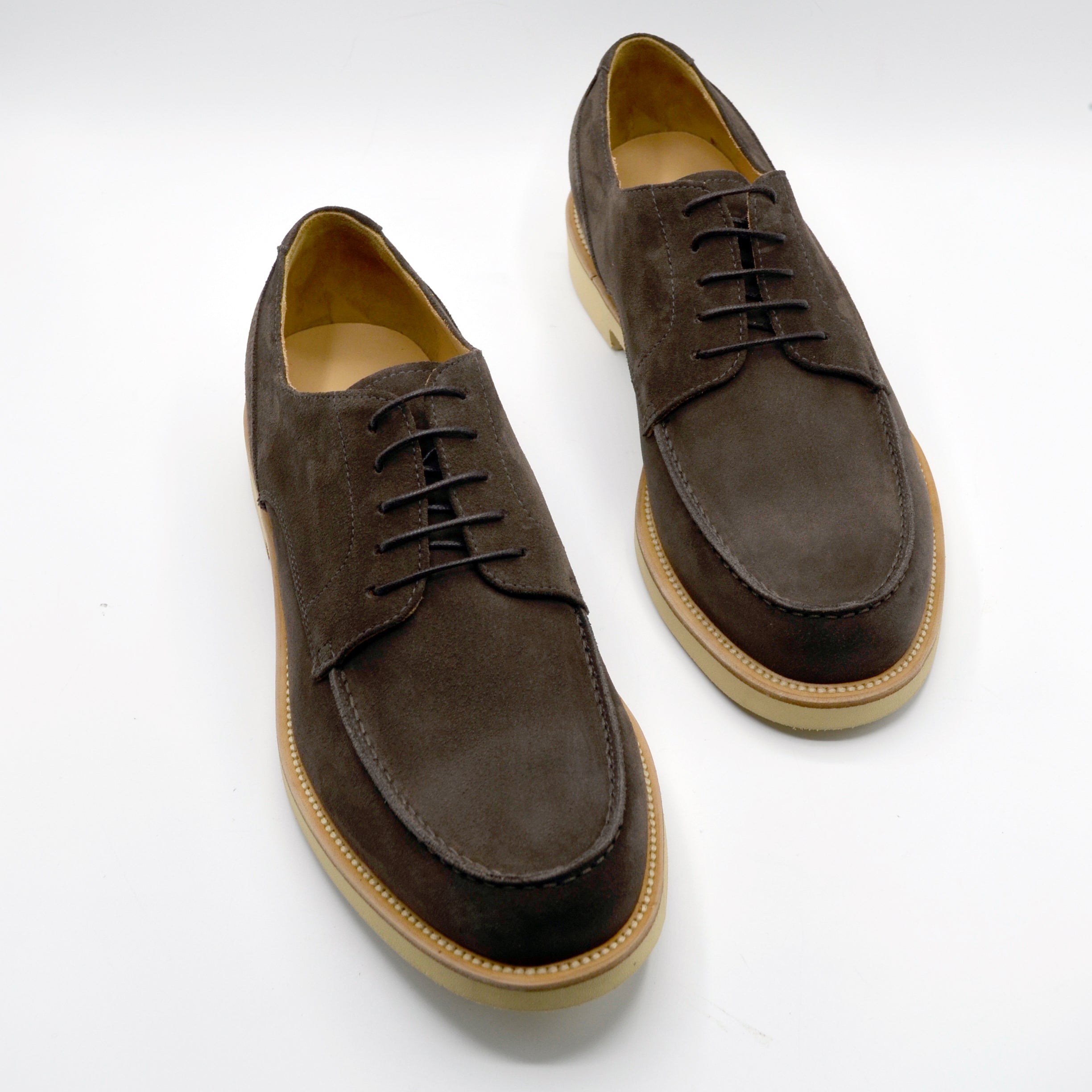

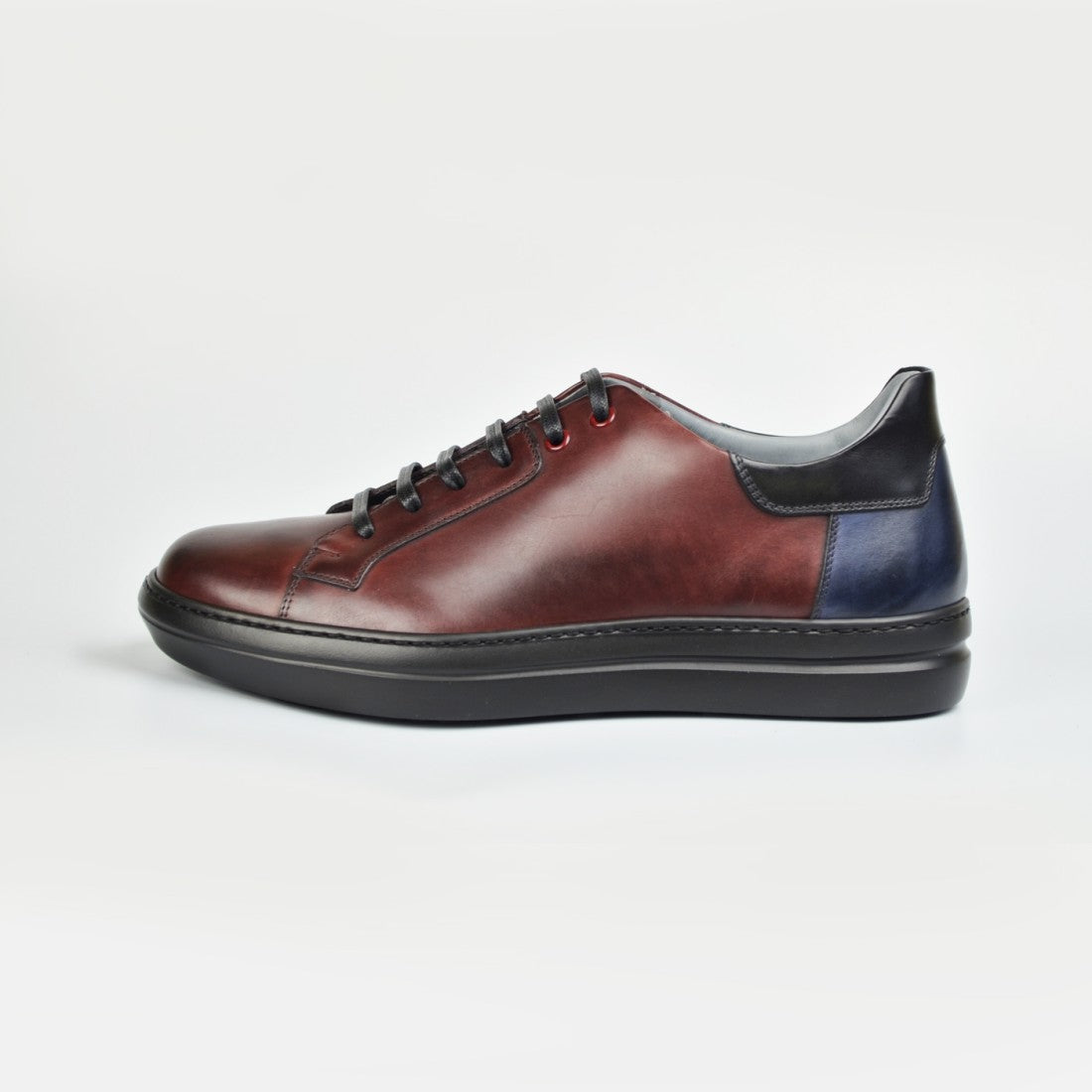
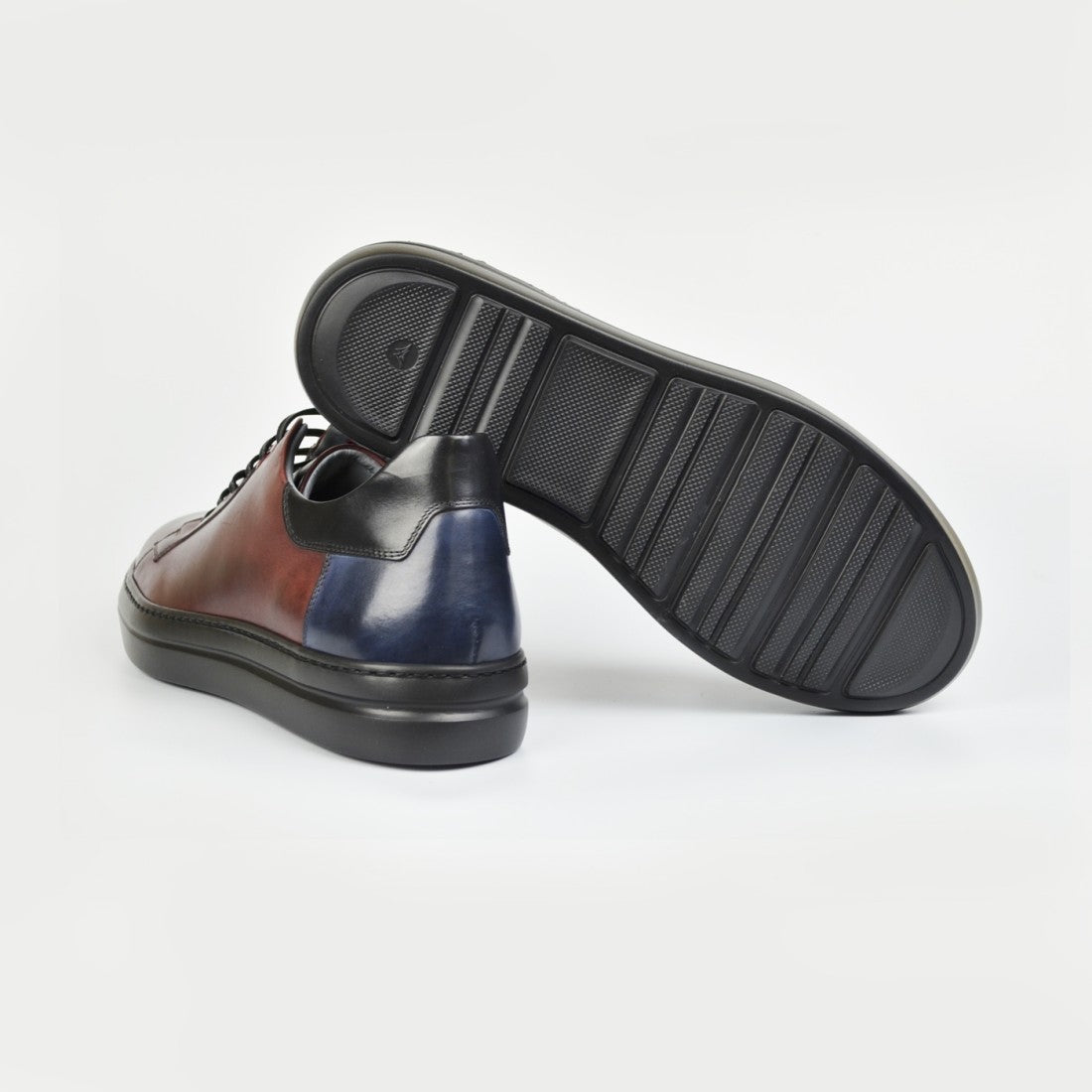
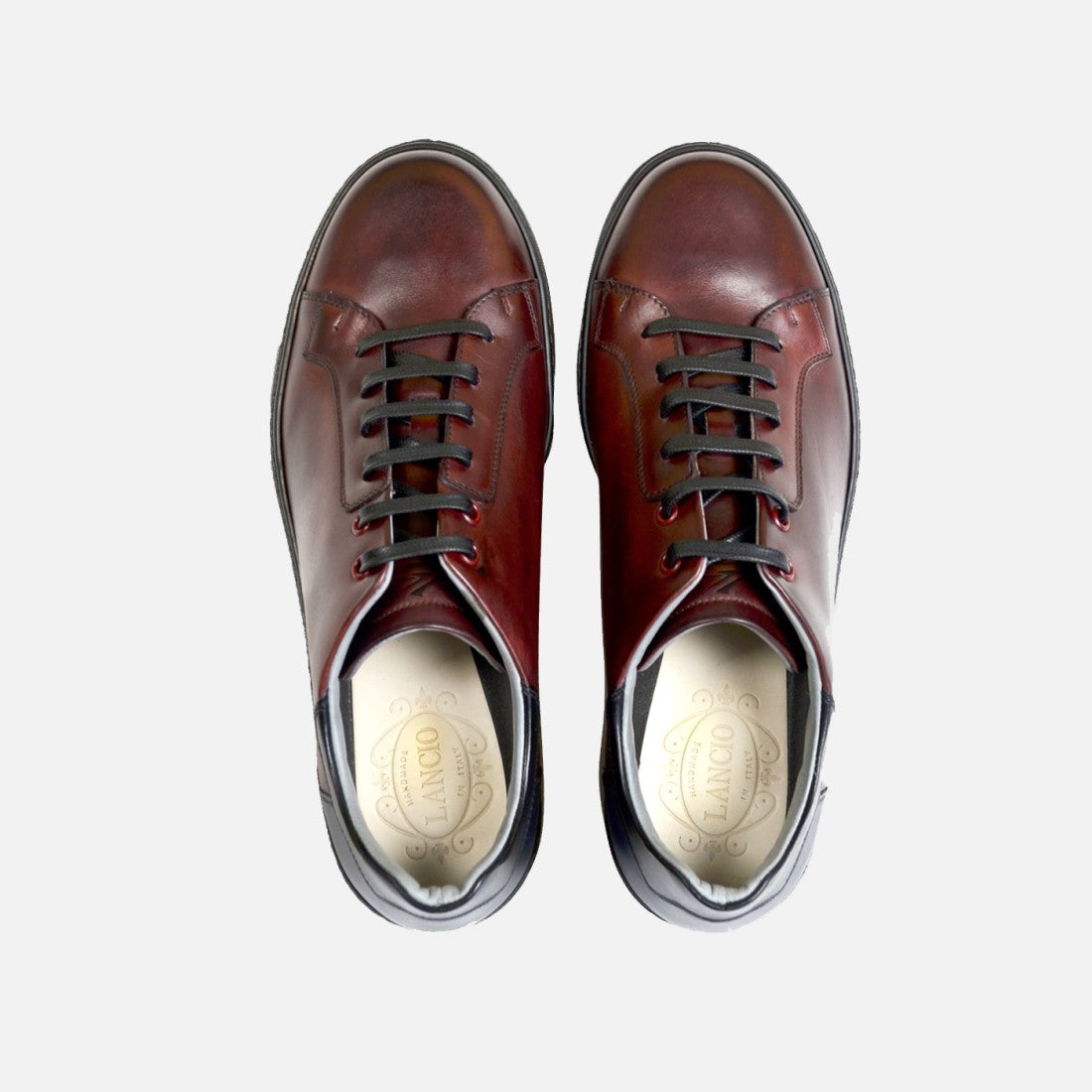

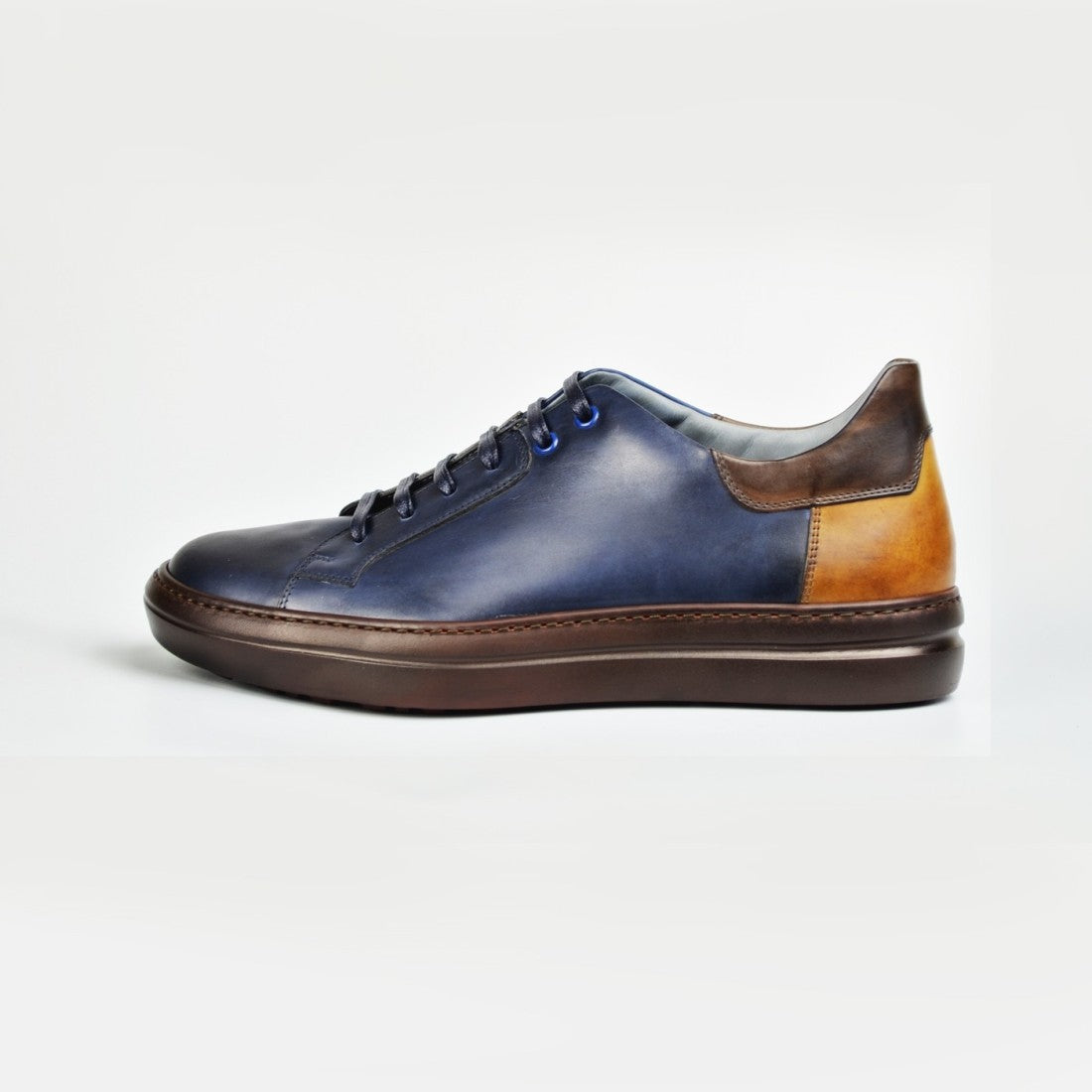
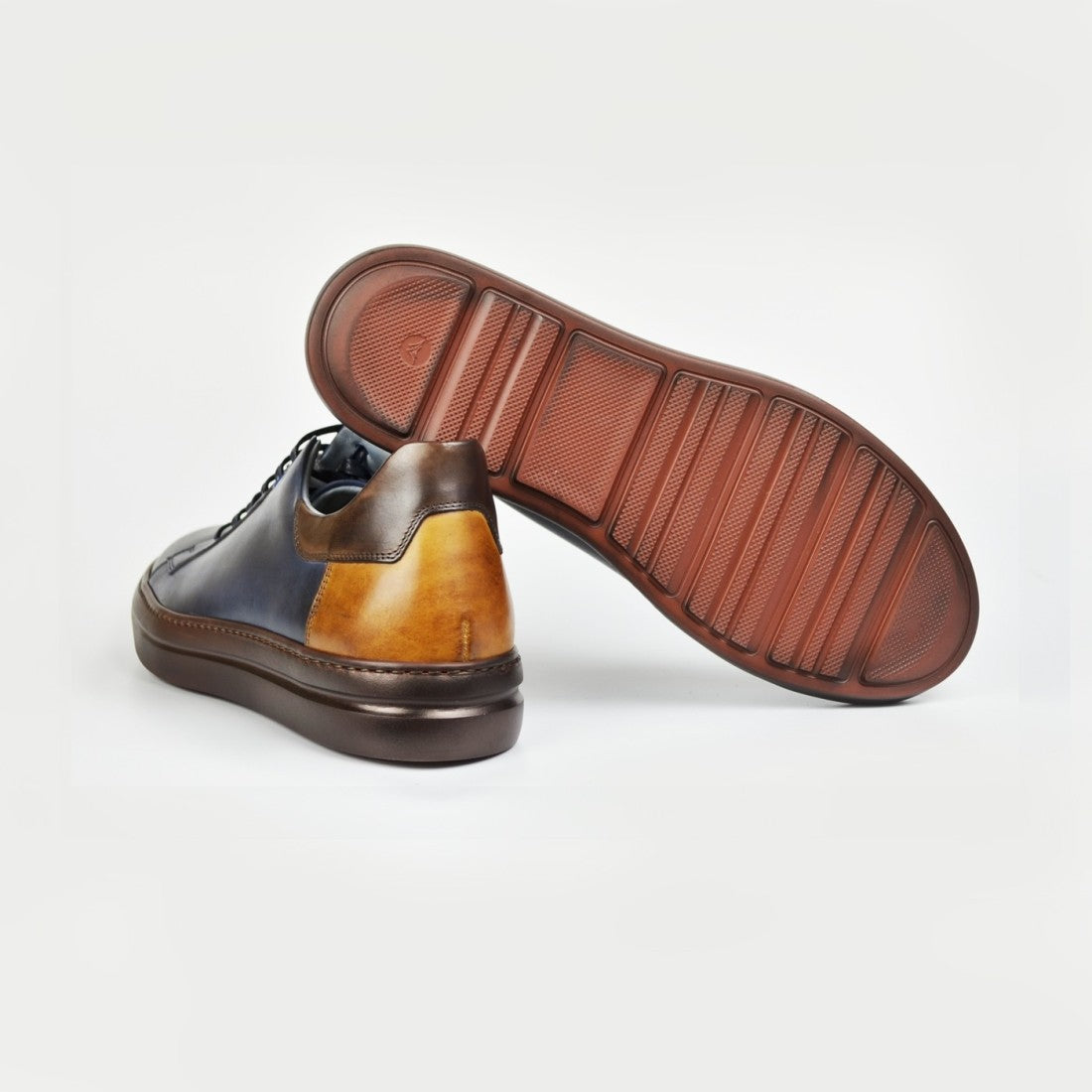
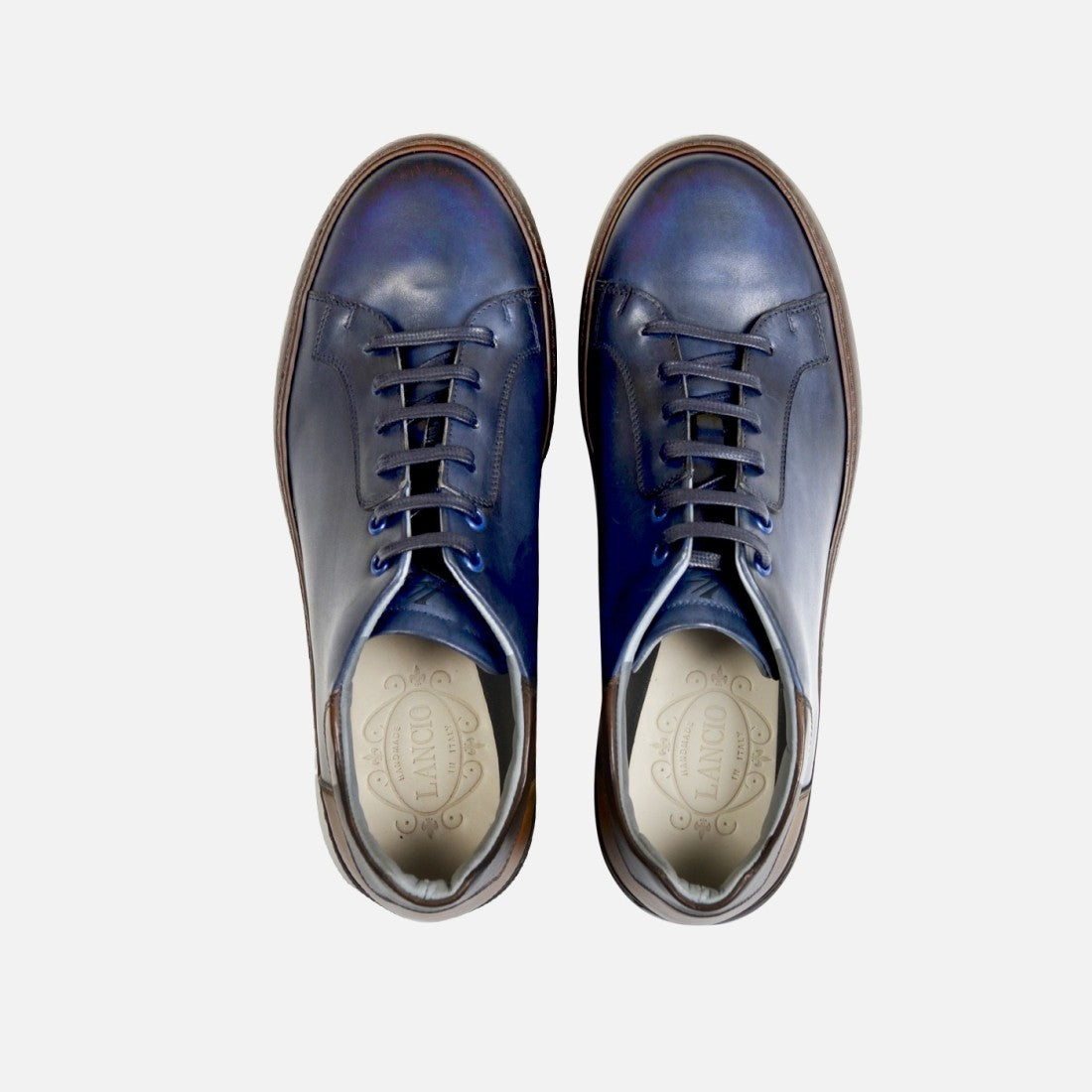
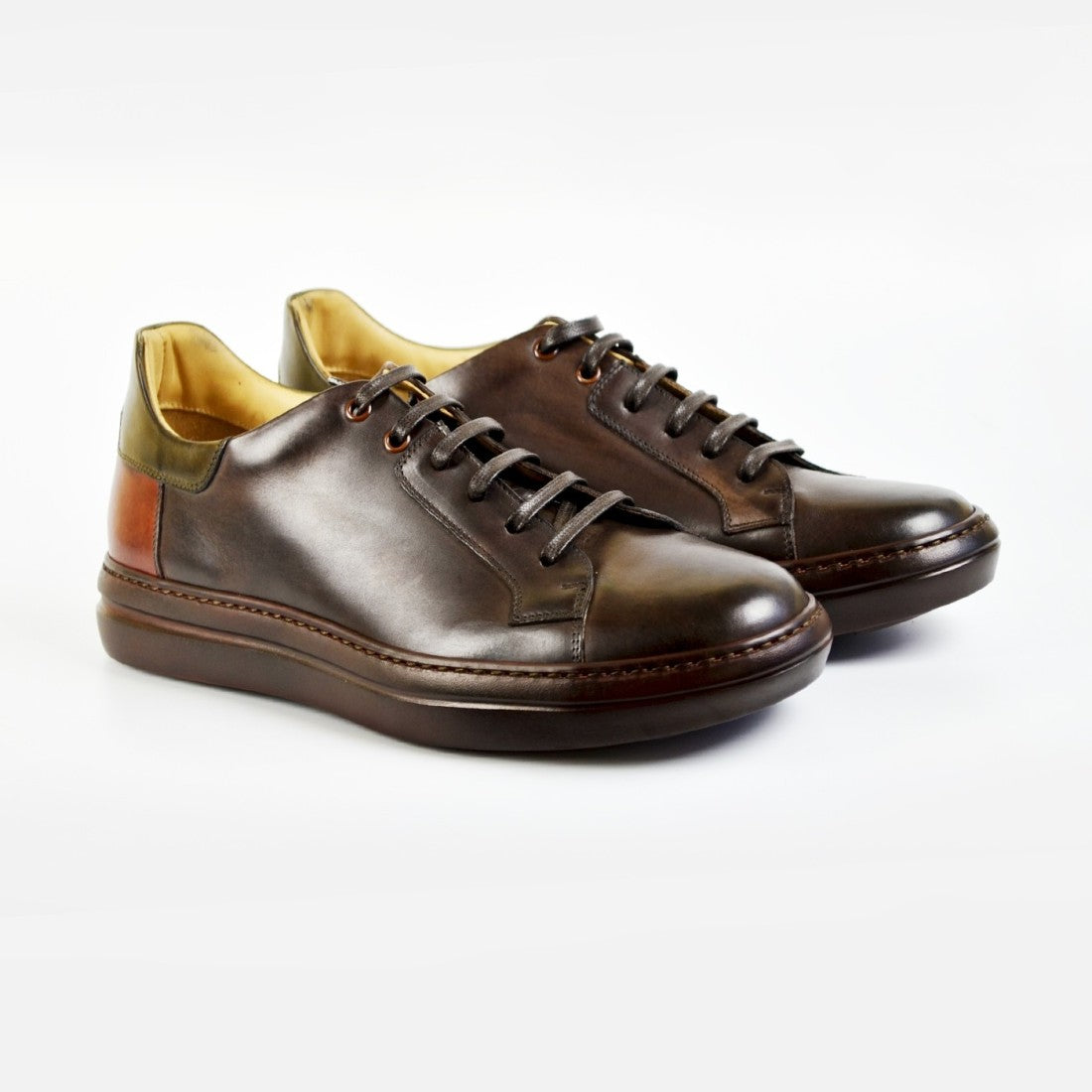
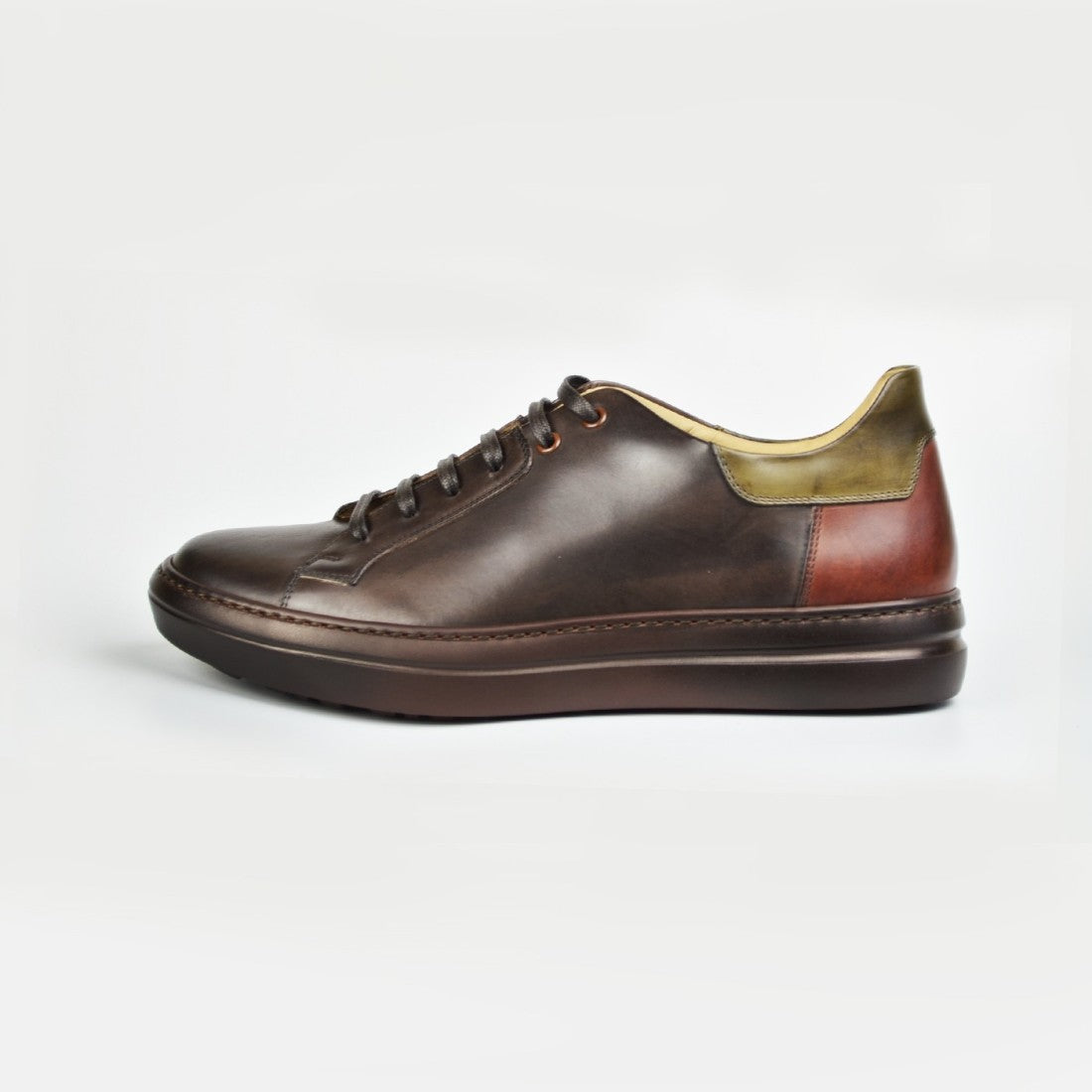
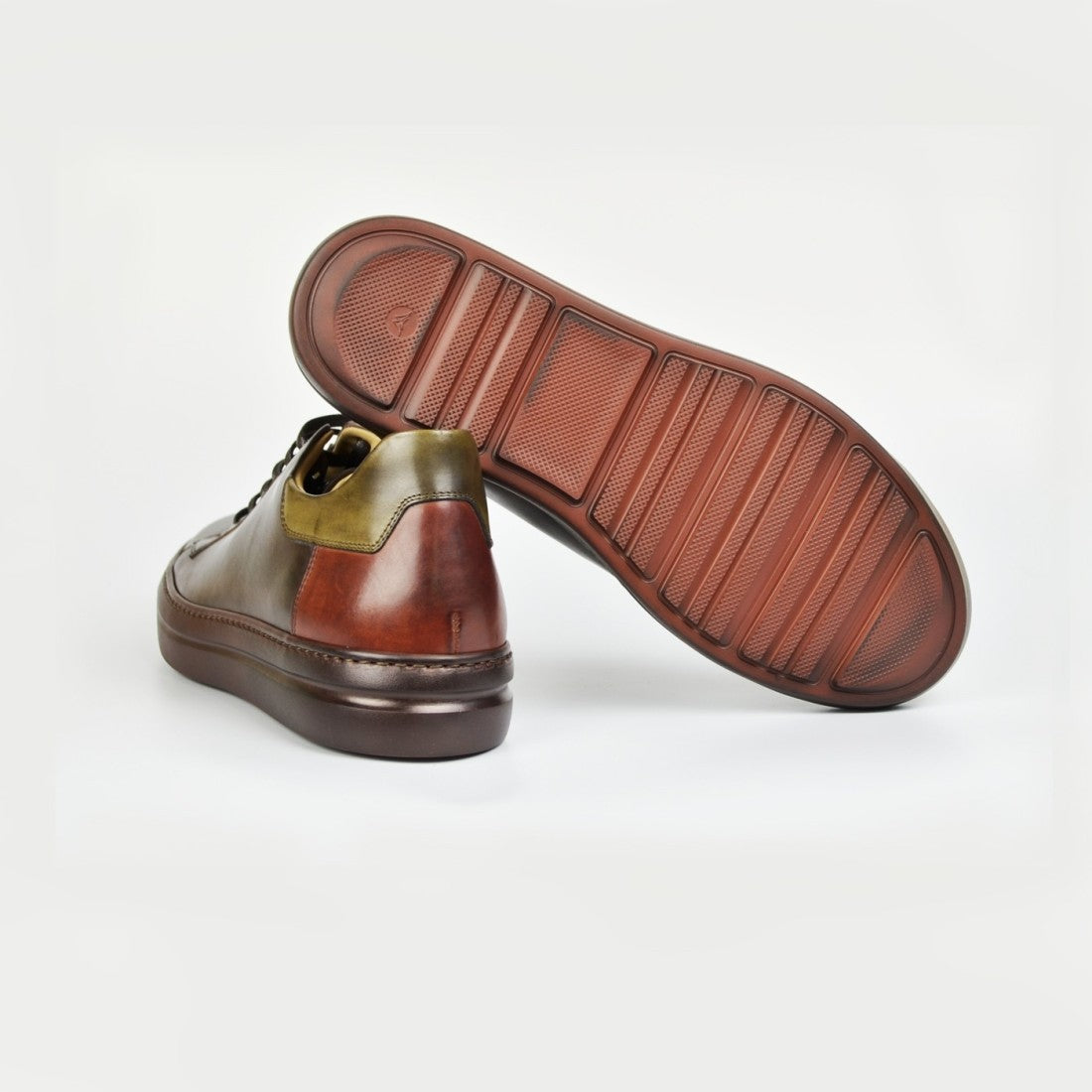

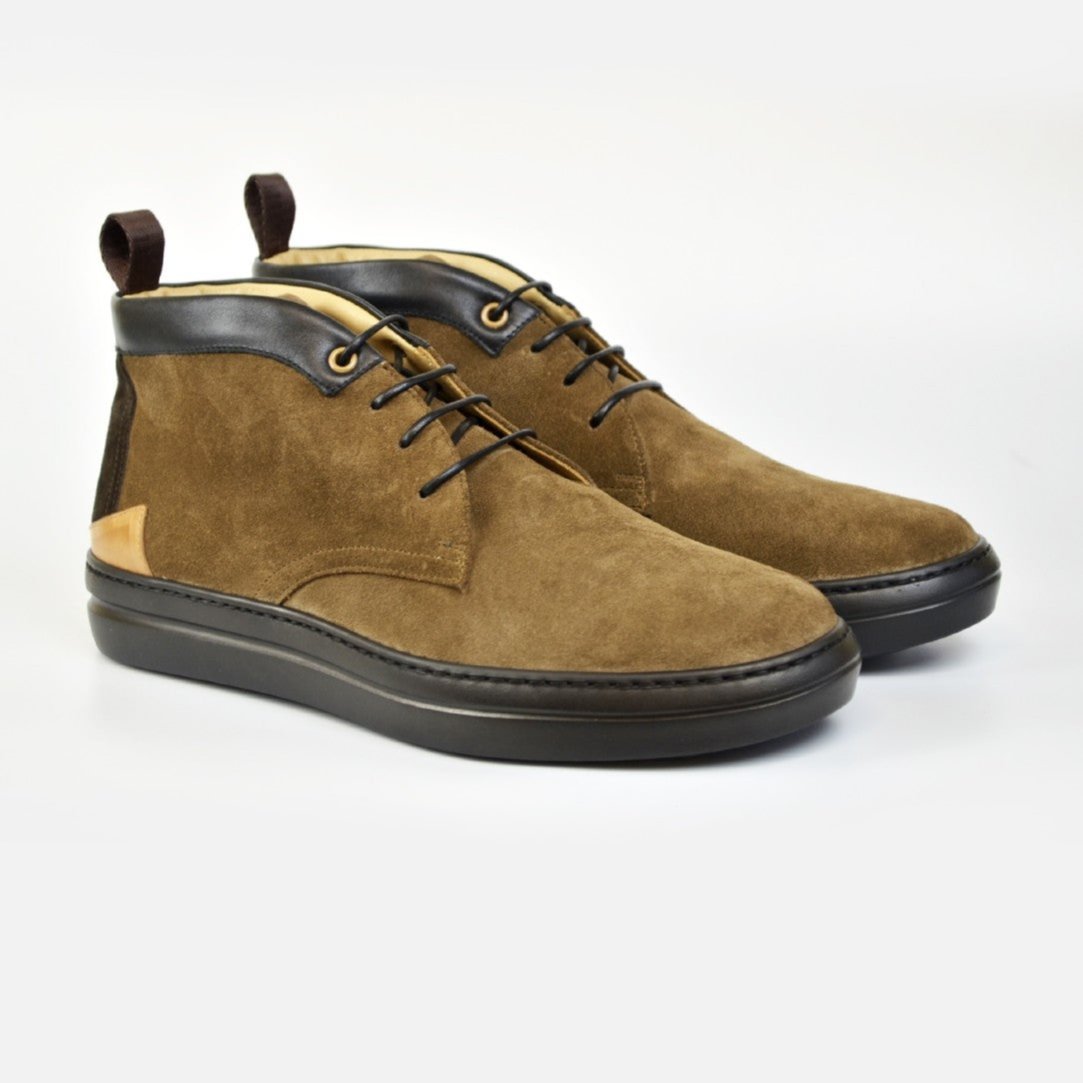
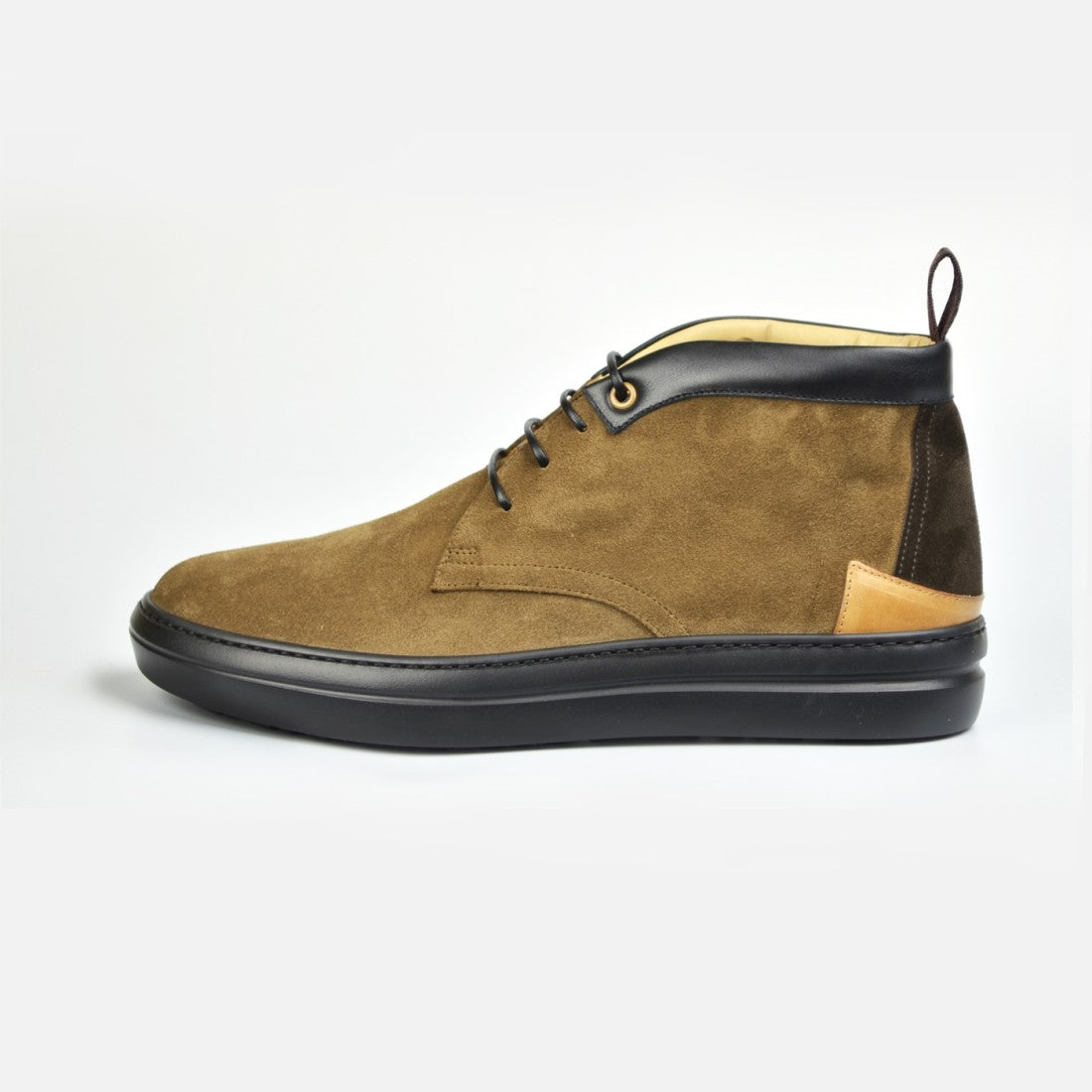

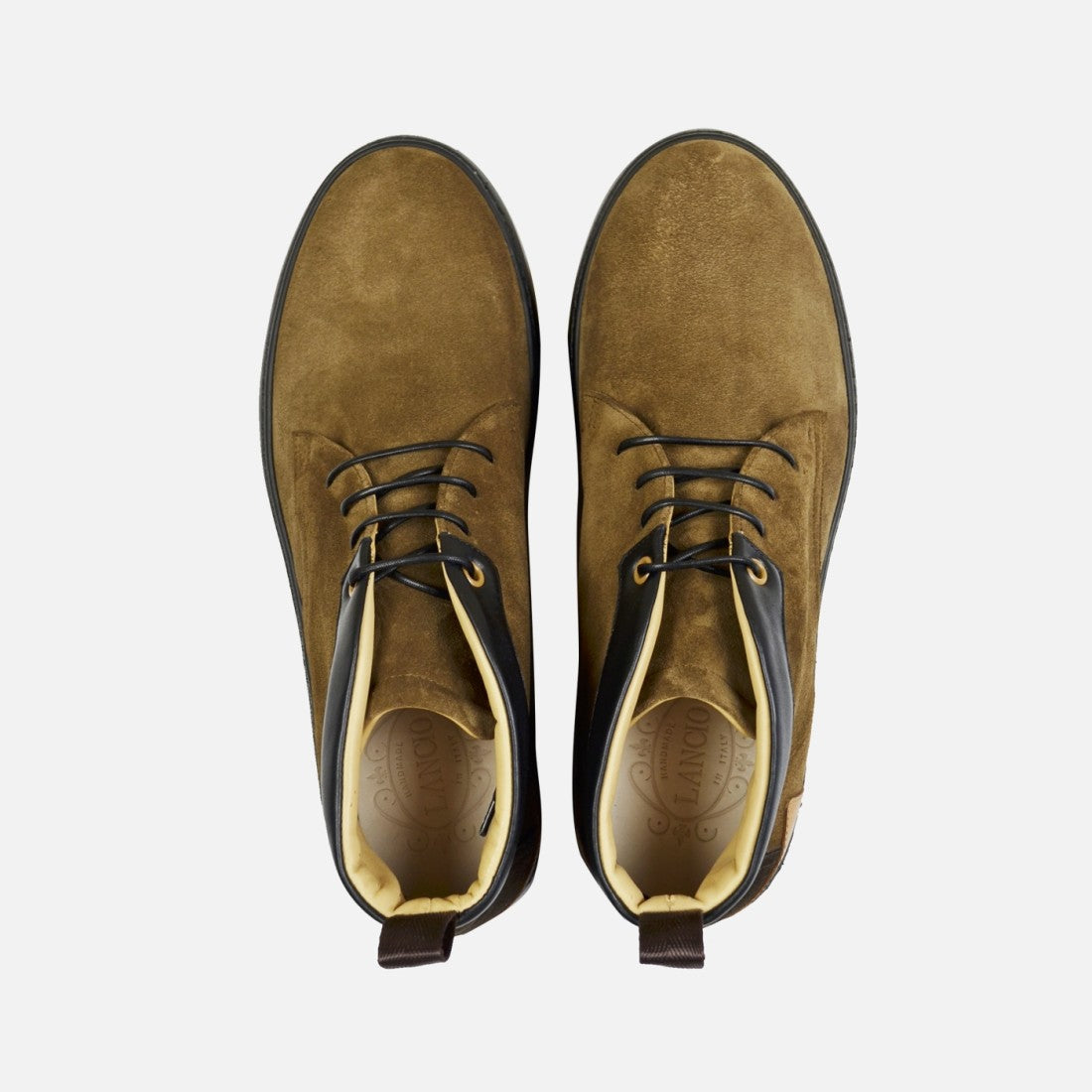
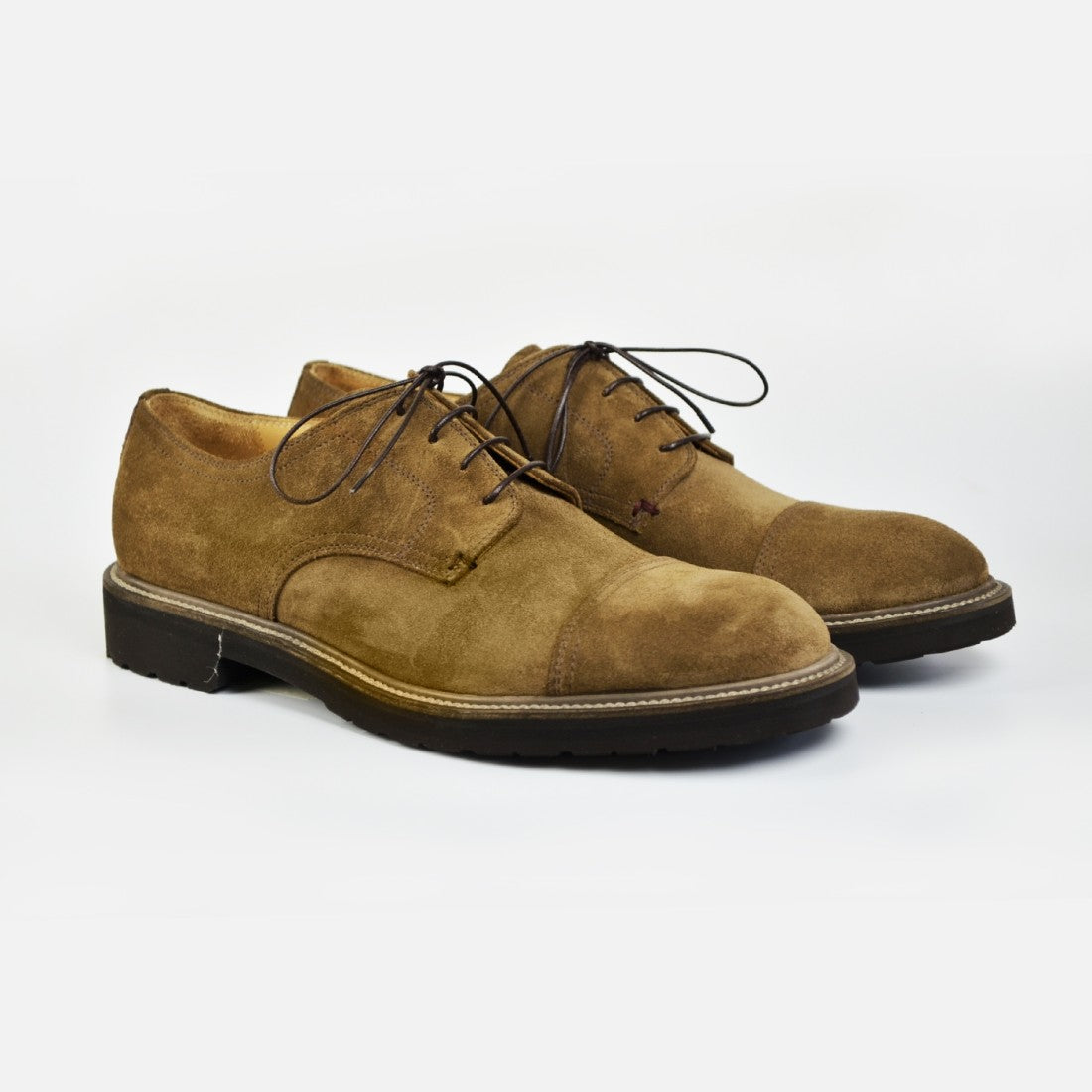
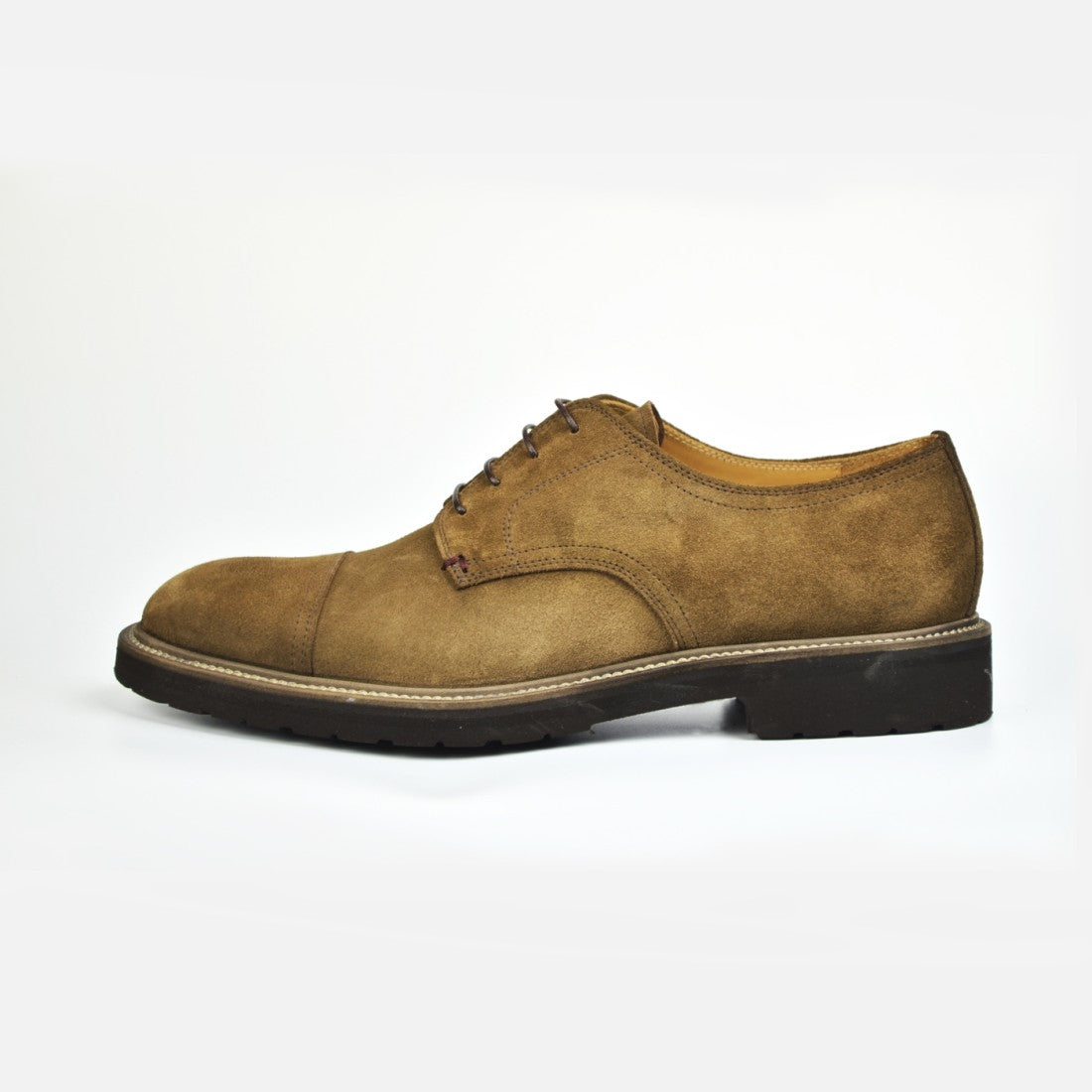

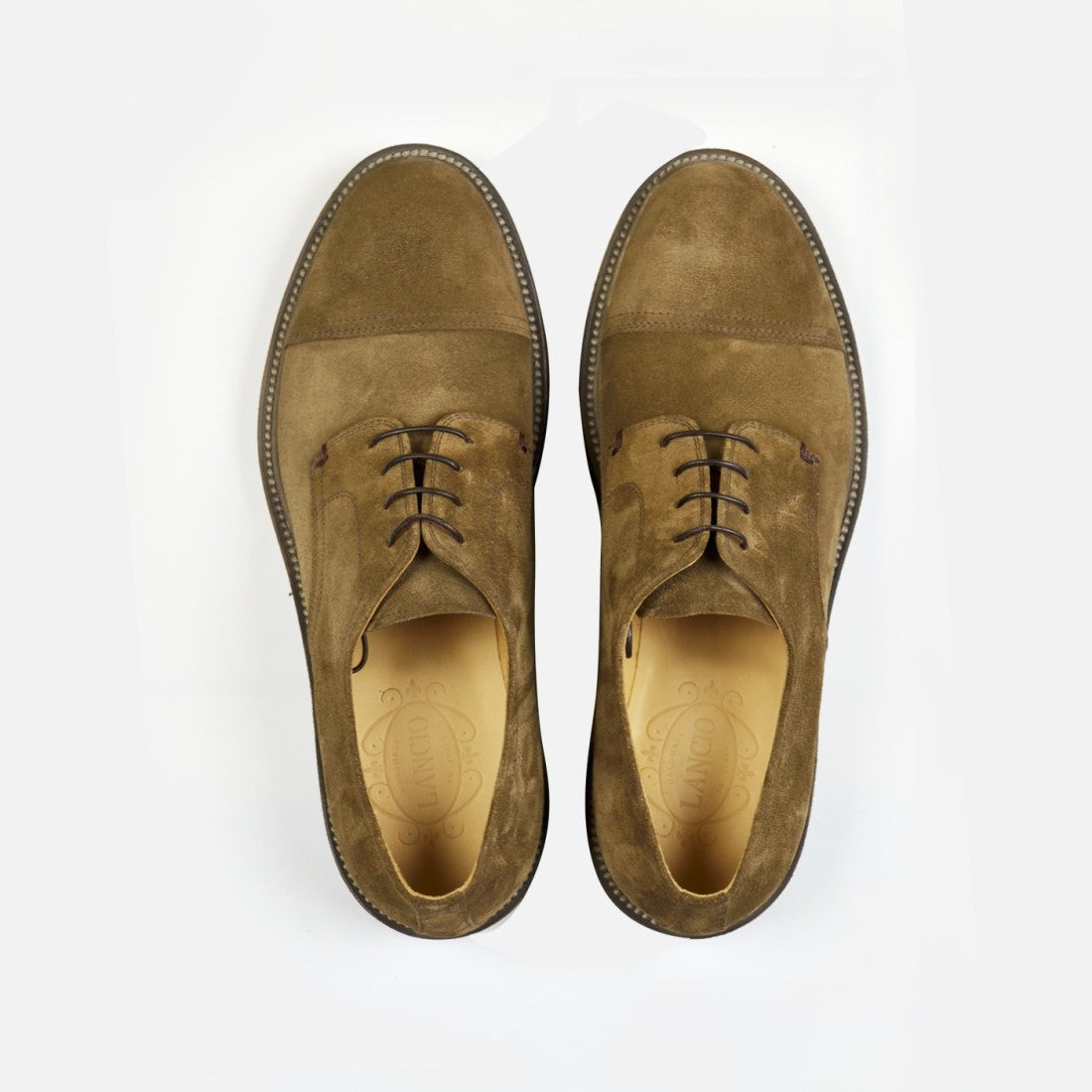
Share:
Why Choose Lancio Shoes Made in Italy Handcrafted Shoes
How to Read a Shoe Label: A Practical Guide to Symbols